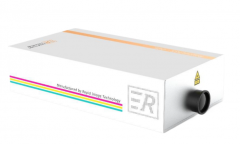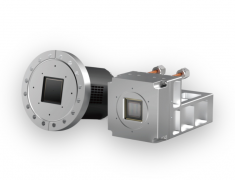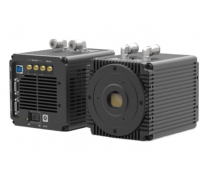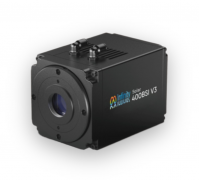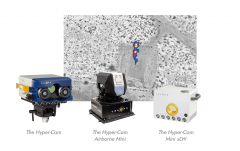LIGS Temperature
Temperature measurement by Laser-induced Grating Spectroscopy
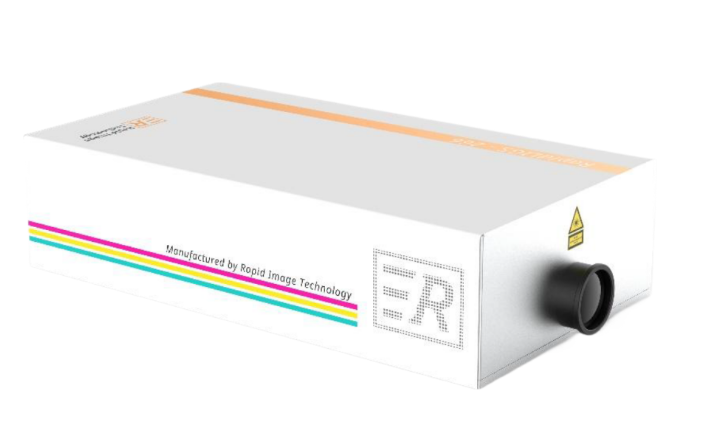

A new optical method for flow temperature measurement
LIGS (Laser-induced Grating Spectroscopy) temperature offers a new way to measure flow temperature with both high accuracy and resolution. Compared with other optical temperature measurement techniques, it is relatively simple, but still able to accurately measure temperature in a wide range.
LIGS temperature can be used to characterize all heat exchange processes. Particularly, it has been proven to be an ideal tool to characterize the cooling effect induced by fuel injection for direct fuel injection internal combustion engines.
Rapid Image Technology offers a complete solution for LIGS temperature measurement, including a compact and integrated probe, advanced signal processor together with user friendly software. With this solution and our decades of experience in flow optical diagnostics, flow temperature can be measured easier than ever.
Key benefits
Key benefits
A complete solution for in-situ, real time temperature measurement
No calibration needed
Proven accuracy and high resolution
Compact and integrated solution, easy to use
Synchronization with engine supported
The technique behind
Laser-induced grating spectroscopy is a non-linear optical technique based on resonant four-wave mixing for non-intrusive measurements of gas temperature. In this technique, two laser beams intersect at a small angle to form an interference pattern with bright and dark fringes. Energy absorbed by molecules (e.g., acetone molecules) in the bright fringes can be transferred, by quenching to the surrounding gas, generating a small perturbation in temperature and density. The resulting change in refractive index in a spatially periodic interference pattern, is called laser-induced grating.
The grating has two components: a stationary “temperature grating” and a standing wave “acoustic grating” generated from two oppositely propagating sound waves induced by the sudden density perturbation. As the acoustic oscillations interfere with the stationary temperature grating periodically, the scattering efficiency of this grating would be modulated in time.
By transmitting a probe laser beam through the grating, part of it will be scattered from the grating, in the form of a coherent laser-like beam with a temporal variation as a single-sided, exponentially decaying signal modulated at a frequency same as the grating scattering efficiency modulation. This frequency is a function of gas temperature at the grating. By measuring this frequency from the signal beam, the gas temperature can be derived.

